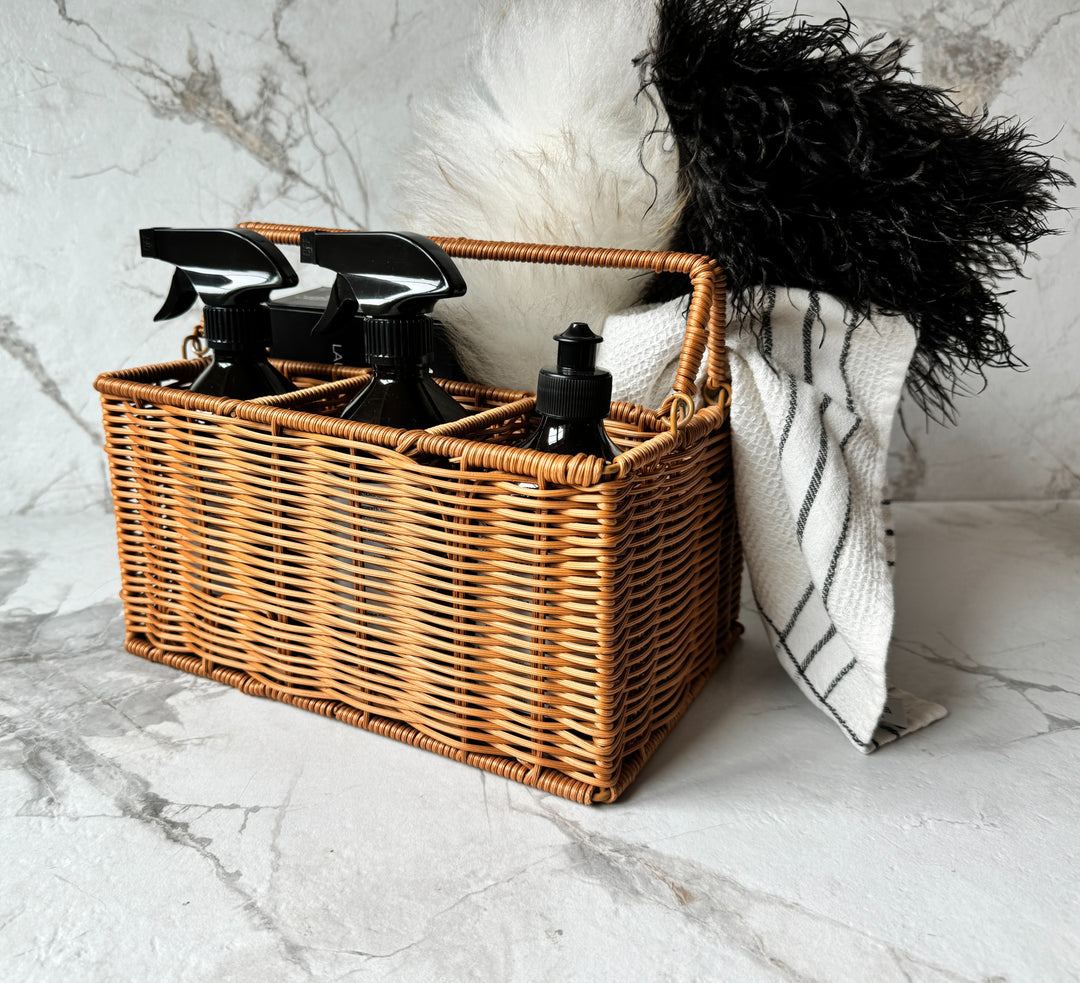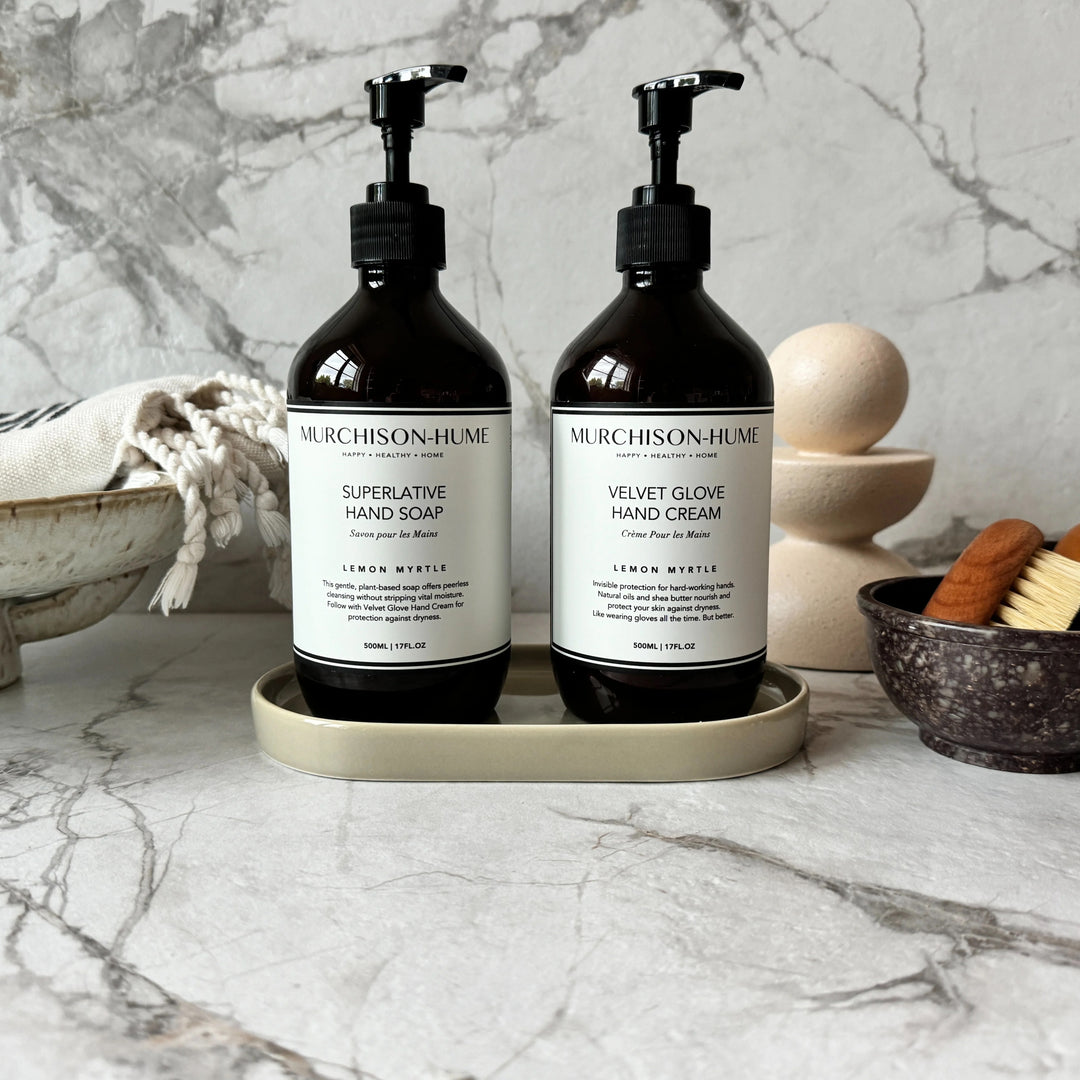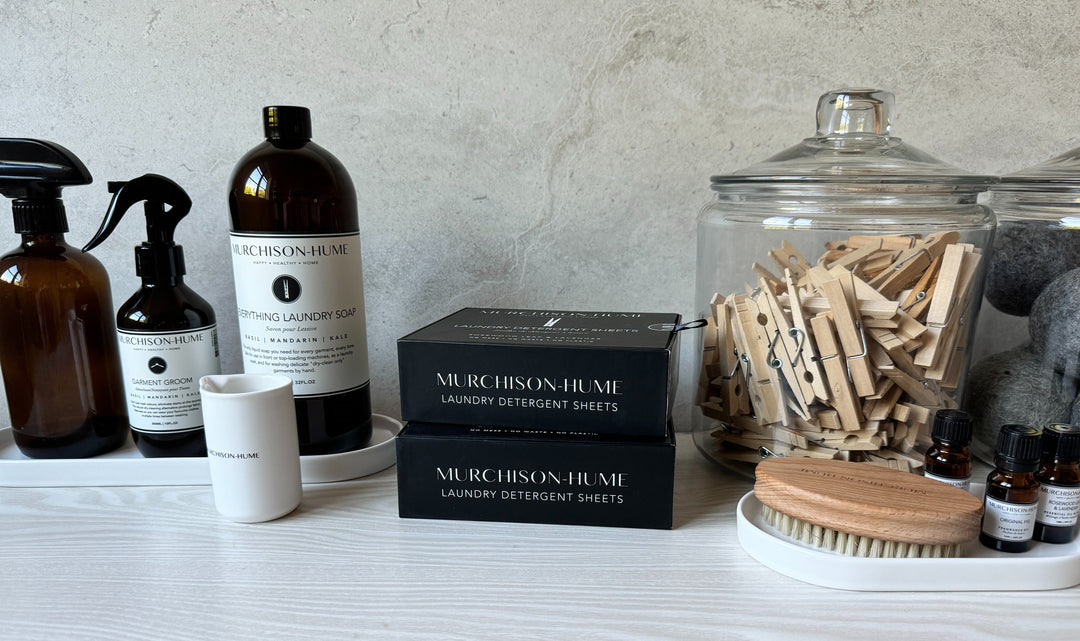Until fairly recently, weekly cleaning meant tidying up, getting rid of clutter, wiping down high-traffic areas, and dusting the baseboards. But over the last 18 months, cleaning took on a new meaning entirely: with COVID-19 still looming over us, it’s just as important to disinfect and sanitize—and that’s especially true when you’re cleaning after someone in your household is sick.
While flu viruses can live on some surfaces for about 24 hours, other types of viruses that cause stomach bugs can linger for days or even weeks if left on their own—and both are super contagious. Cleaning with a household cleaner that contains soap or detergent is usually enough to remove most virus particles on surfaces—and according to the CDC, any additional disinfection to reduce transmission of COVID-19 at home is likely not needed unless someone in your home is sick or if someone positive for COVID-19 has been in your home within the last 24 hours. (That’s why most doctors recommend anyone with COVID-19 quarantine alone if possible.)
While the said person is sick—with a cold or otherwise—here’s how you should regularly disinfect each room.
Bedroom
When the flu strikes, it’s usually most comfortable to wait it out in bed with a bowl of soup and the trashiest TV you can find. If you’re tending to someone who’s sick, be sure to enter with appropriate protection—that might mean a mask and gloves, or other PPE depending on your specific situation—before entering the room they’re holed up in. While you’re in there, wipe down any surfaces they may have touched or coughed on (like the remote control, the nightstand, or a nearby lamp) at least once per day. It’s also a great idea to change the pillowcase every day but leave the other bed linens alone unless the sheets get soiled, in which case, wash them immediately. Just be sure not to shake them, as that could spread germs.
If you’re cleaning after they’ve been sick, it’s still a good idea to wear a mask and use gloves, just in case any germs are lingering.
Lastly, set up an air purifier, like this one from Dyson, which can get rid of germs and other debris flying around and keep it from spreading throughout the home (and your family).
Bathroom
Like the bedroom during the flu or COVID-19 infection, the bathroom is ground-zero for anyone with a stomach bug. If someone has the flu or diarrhea or is throwing up, you want to destroy the germs by disinfecting any surface that they may have touched or spread the illness to, like the toilet lever, shower faucets, cabinet handles, doorknobs, and light switches. Look for a cleaner that specifically says “disinfectant”—or mix a quarter-cup of chlorine bleach with a gallon of hot water. Then go to town and destroy those germs.
Kitchen
The kitchen can house germ-laden cups, dishes, and utensils that the sick person used, so you’ll want to wash all dishes as soon as possible. Make sure you use very hot water or in the hottest setting on your dishwasher, and use the heated dry cycle, then wipe down refrigerator handles and all the electronic keypads on your appliances, and sanitize the countertops and sinks.
If the person who was sick used any soft surfaces like a towel or a sponge, you’ll want to launder, microwave, or throw them out completely. Usually, two minutes in the microwave is enough to zap the germs.
Oh, and if you’re the one who’s ill, don’t cook until you haven’t had any symptoms for 48 hours: Here’s your permission to order no-contact takeout for two straight days.
Other Common Areas
Ideally, keep anyone that’s sick out of any common areas to reduce the spread of germs. If that’s not possible, make sure you wipe down any surfaces they may touch, use, or otherwise cough or sneeze near, like a remote control, light switch, or doorknob. Wash any blankets or bedsheets immediately after use.
If you’re cleaning by going from room to room, try to use a new towel, pair of gloves, or any other supplies you have as you enter each room, which can stop the germs from spreading throughout your home.
No matter what, you’ll want to ensure adequate ventilation while using any disinfectant by keeping doors and windows open and using fans to help improve airflow.
Feel better soon!
xx L







